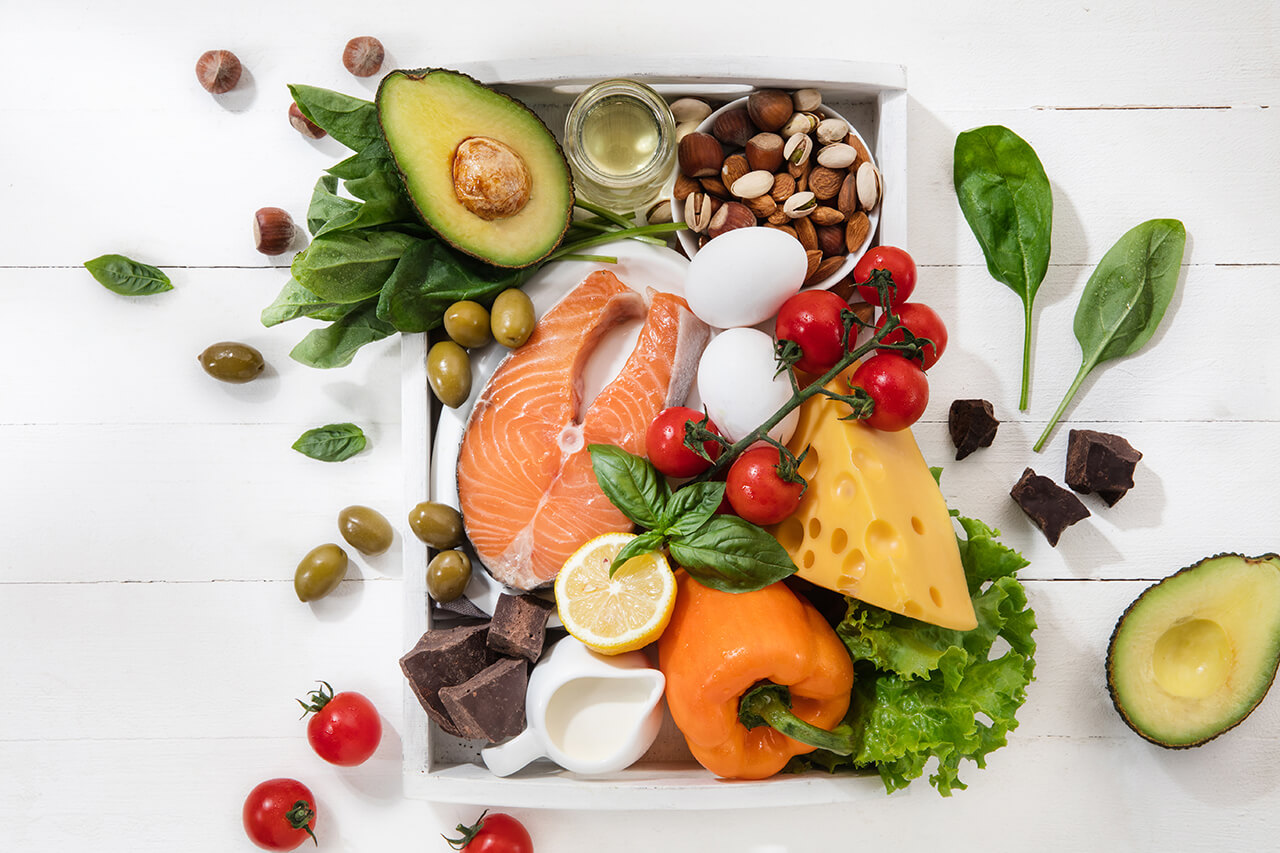Article author:
Oksana Nazarchuk – nutriciologist and health coach, founder of the Nazarchuk School.

Today my recommendations are for children from 5 years and older.
For adequate growth and development, children should consume foods that contain all the macronutrients: proteins, carbohydrates and fats. Еach of them plays its own role in the body.
Proteins are important for the growth of bones and muscles, play an important role in the immune system, help to transfer and store other nutrients for your body (for example, iron), play a role in the production of hormones, and help regulate appetite.
Protein is found in animal and vegetable products: meat, poultry, fish and soy products, legumes and dairy products.
Carbohydrates are the main source of energy for the body and are very important for brain function.

Give preference to complex carbohydrates in the child’s diet. Choose whole foods more often, such as cereals, grains, legumes, root vegetables, and less often – whole bread and pasta.
Fats are necessary for the absorption of vitamins A, D, E and K and some antioxidants. Fats are important for brain development, hormone production, skin, eye, and hair health.
Fats also affect the feeling of satiety, giving the dishes a taste.
Focus on unsaturated fats in the child’s diet, which are contained in nuts, vegetable unrefined oils, seeds, avocados, olives, olive oil, fatty fish.
Micronutrients are also important for the healthy development of a child. These are vitamins and minerals that support growth and development, and help the functioning of the body.

Children should consume all vitamins and minerals, but it is worth paying special attention to the following:
✦ Calcium helps strengthen bones and teeth, and also promotes muscle contraction. Dairy products are one of the main sources of calcium. Other sources: fortified soy milk, canned fish with bones (e.g. sardines), tofu, soybeans, spinach, legumes.
✦ Vitamin D is important for the absorption of calcium and phosphorus, supports bone growth and promotes brain development in children, as well as mental health. Food sources of vitamin D include: fatty fish, vitamin-enriched milk and dairy products, and egg yolks.
✦ Iron supports neurological development, growth and immune function. Prolonged iron deficiency in children can contribute to cognitive problems and learning difficulties. Sources of iron include meat, seafood, lentils, other legumes and spinach. The human body absorbs iron from meat and seafood better than from plant foods.
✦ Zinc is a mineral that plays an important role in growth and development, and is also important for maintaining a healthy immune system. The best sources of zinc are: meat, dairy products, eggs, shellfish, nuts and whole grains.
✦ B vitamins are important for growth, energy levels and brain function. Whole grains are rich in B vitamins, as well as eggs, meat, seafood, dairy products, legumes, leafy greens and seeds.

In order to easily assemble a really complete, balanced diet, I really like to use the formula of the plate, since it is clearly clear what components each meal should consist of.
Such a children’s healthy food plate was developed at Harvard:
✦ 1/2 of the child’s plate is filled with vegetables and fruits (root vegetables do not belong to this part of the plate. Choose whole fruits and limit fruit juices in the child’s diet to 1 small glass). Choose colorful vegetables and fruits.
✦ 1/4 plates are filled with whole-grain or starchy vegetables (cereals, root vegetables, legumes, TSP pasta, bread)
✦ 1/4 plates are filled with healthy proteins (poultry, fish, eggs, also legumes, nuts, seeds). Limit red meat in the child’s diet – beef, pork; products of deep processing-sausages, sausage, bacon).
Dairy products are added to the plate and make up a smaller amount than other products.
Choose yogurts without additives, medium-fat cottage cheese, a small amount of cheese, whole milk and other dairy products without added sugar.
Water really should become a child’s favorite drink. Limit the consumption of sugary drinks, juices and fresh fruits.

What else can you focus on?
1. Offer a variety of whole, natural foods to your child at every meal.
2. Foods with added sugar should not exceed 10% of all the food your child consumes.
3. Make a schedule of meals and snacks.
4. Limit, but do not completely exclude a “junk food”. Studies show that children who are restricted to such foods in the diet are prone to overeating with “harms” at a time when no one controls them and leads to unhealthy relationships with food in the future.
5. Make grocery purchases with your children. And explain to them where proteins/ fats/ carbohydrates are, what fruits and vegetables are useful for, why it is so important to eat colorful food.
And last but not least!!!
A child’s nutrition is formed in the environment in which he grows up. First of all, learn how to form your own healthy and balanced diet and be the best example for your child.
